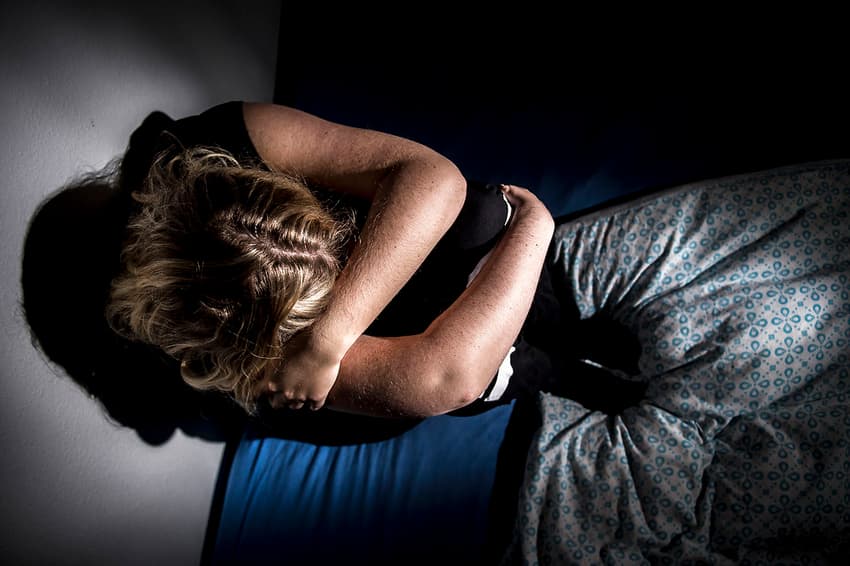Danish study raises doubts over effect of anti-depression meds

Research into the effects of antidepressant medicines is so lacking that we can’t be certain the medicines work, according to the results of an analysis carried out by Danish researchers.
The conclusions come from an analysis conducted at the Nordic Cochrane Centre and were first reported by Videnskab.dk.
Asger Sand Paludan-Müller, a PhD student and one of the co-authors of the analysis, said that some people do feel better when taking anti-depressants.
But it is not yet possible to conclude with certainty that the medicine is responsible for their improvement, he said.
“We are not saying (anti-depression medication) doesn’t work. But the studies that have been done are often of poor quality and it’s therefore difficult to say anything about the effect of antidepressants,” Paludan-Müller told Ritzau.
Although previous studies have found antidepressants to be beneficial in treatment of depression, the effect may be too small to be felt by the person taking the medication, research has found.
The Danish researchers found that there may be some doubt as to whether the small effect exists at all.
“We try to have a system in Denmark in which the treatment options we use are evidence-based in some way.
“Our argument here is that the uncertainty is so great that we think we should be saying that we don’t actually know for sure,” Paludan-Müller said.
The researcher recommended that doctors discuss that uncertainty with patients before prescribing antidepressants.
Anders Beich, GP and head of the Danish College of General Practitioners, also advocated a cautious approach.
“We think it’s necessary to be very critical about when to start prescribing antidepressants. It is of no benefit to prescribe medicine to people who have just lost their way for a moment,” Beich said to Ritzau.
“You must have depression before you can expect (medication) to work,” he added.
As such, the central issue may be in correct diagnosis, rather than efficacy of medicine, Beich suggested.
“It is difficult, because many people can have symptoms of depression without having depression,” he said.
More than 400,000 people in Denmark took at least one type of antidepressant in 2017, according to figures from the Danish Health Data Authority (Sundhedsdatastyrelsen).
READ ALSO: Moving to Denmark: The link between international relocation and depression
Comments
See Also
The conclusions come from an analysis conducted at the Nordic Cochrane Centre and were first reported by Videnskab.dk.
Asger Sand Paludan-Müller, a PhD student and one of the co-authors of the analysis, said that some people do feel better when taking anti-depressants.
But it is not yet possible to conclude with certainty that the medicine is responsible for their improvement, he said.
“We are not saying (anti-depression medication) doesn’t work. But the studies that have been done are often of poor quality and it’s therefore difficult to say anything about the effect of antidepressants,” Paludan-Müller told Ritzau.
Although previous studies have found antidepressants to be beneficial in treatment of depression, the effect may be too small to be felt by the person taking the medication, research has found.
The Danish researchers found that there may be some doubt as to whether the small effect exists at all.
“We try to have a system in Denmark in which the treatment options we use are evidence-based in some way.
“Our argument here is that the uncertainty is so great that we think we should be saying that we don’t actually know for sure,” Paludan-Müller said.
The researcher recommended that doctors discuss that uncertainty with patients before prescribing antidepressants.
Anders Beich, GP and head of the Danish College of General Practitioners, also advocated a cautious approach.
“We think it’s necessary to be very critical about when to start prescribing antidepressants. It is of no benefit to prescribe medicine to people who have just lost their way for a moment,” Beich said to Ritzau.
“You must have depression before you can expect (medication) to work,” he added.
As such, the central issue may be in correct diagnosis, rather than efficacy of medicine, Beich suggested.
“It is difficult, because many people can have symptoms of depression without having depression,” he said.
More than 400,000 people in Denmark took at least one type of antidepressant in 2017, according to figures from the Danish Health Data Authority (Sundhedsdatastyrelsen).
READ ALSO: Moving to Denmark: The link between international relocation and depression
Join the conversation in our comments section below. Share your own views and experience and if you have a question or suggestion for our journalists then email us at [email protected].
Please keep comments civil, constructive and on topic – and make sure to read our terms of use before getting involved.
Please log in here to leave a comment.